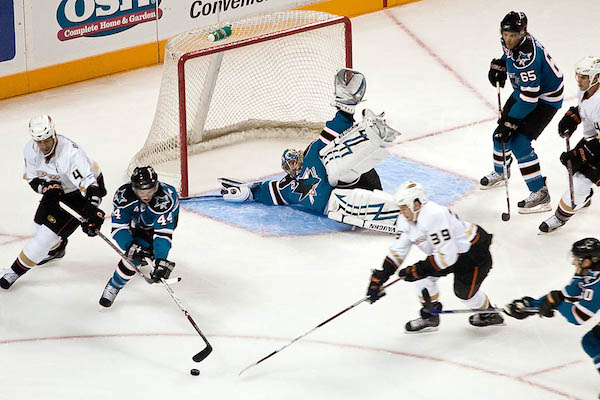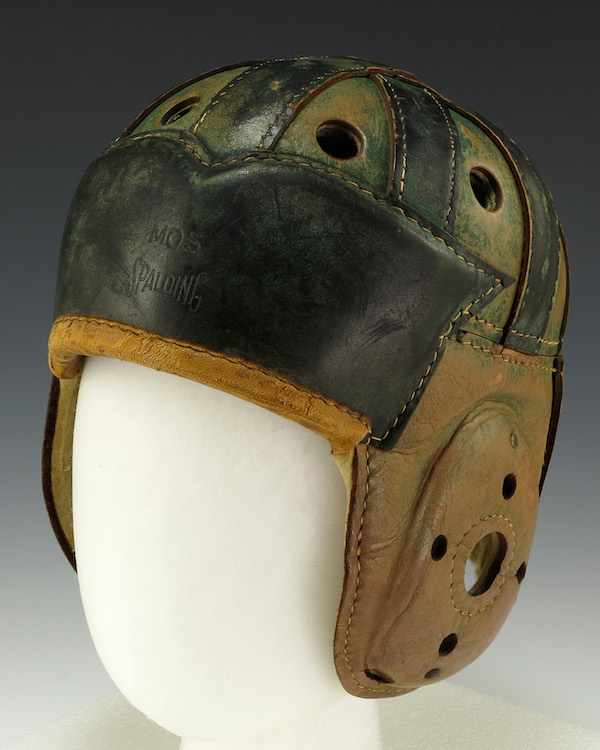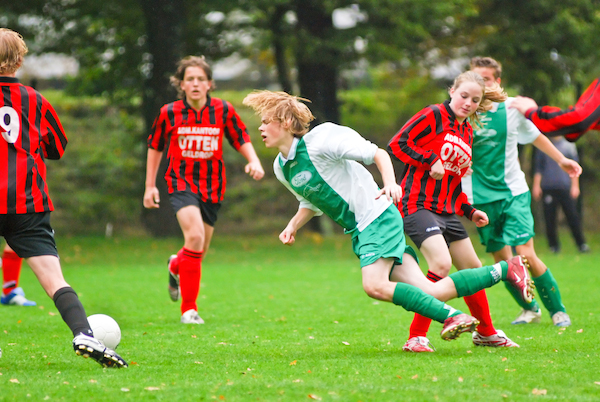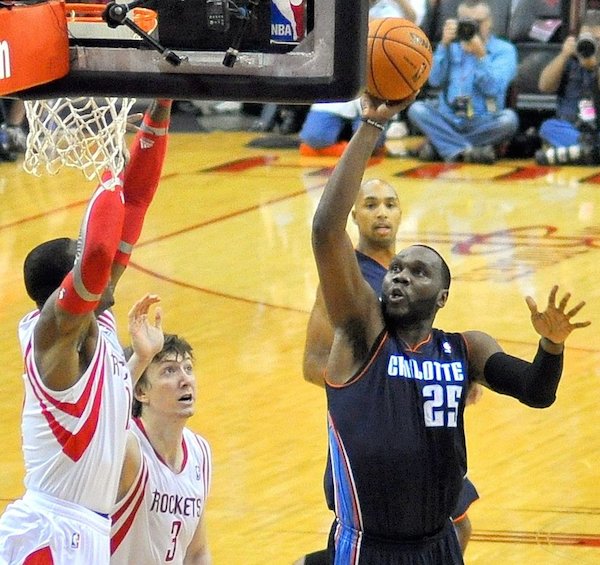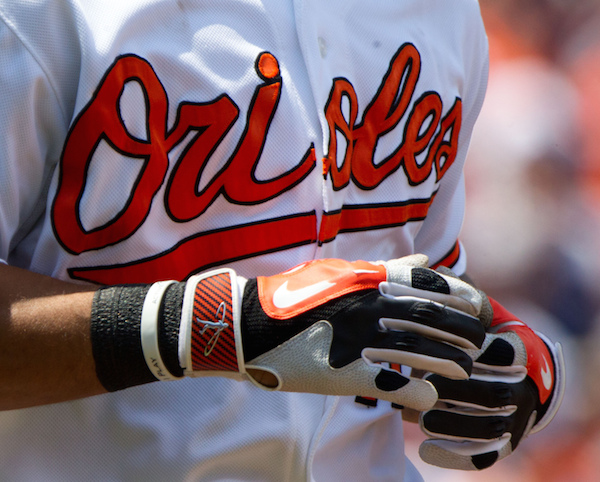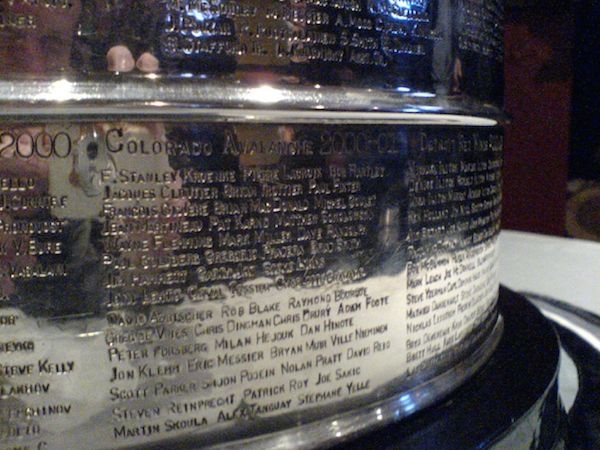The playoffs are a wonderful time in sports but they can be hard to follow, even for the most die-hard fan of a playoff team. They’re virtually impossible for a non-fan or casual observer! No matter who you are, Dear Sports Fan’s Playoff Companion can help. Sign up to get text updates each day for your favorite team or teams or just for the team or teams you feel you need to know about in order to be able to have a decent conversation with your wife, husband, son, daughter, parent, colleague, or friend.
Montreal Canadiens vs. Ottawa Senators — Game 2, 7 p.m. ET on CNBC — Series is 1-0
Montreal Canadiens fans – Ignore the game outside the rink, all that matters is another win tonight.
Montreal Canadiens interested parties – This series has exploded into controversy thanks to a slash by Canadiens P.K. Subban that broke an opponent’s wrist. The controversy is fun but winning would be better.
Ottawa Senators fans – Vacillating between seeing red and wanting to keep calm and play on.
Ottawa Senators interested parties – Senators fans are up in arms about a slash that broke the wrist of winger Mark Stone. Anger mixed with disappointment is the cocktail of the day.
Washington Capitals vs. New York Islanders — Game 2, 7 p.m. ET on NBC Sports Network — Series is 0-1
Washington Capitals fans – Time to even it up. No excuses, no tomorrows.
Washington Capitals interested parties – Having a better record than your playoff opponent means you get the first two games of the series at home. This is usually an advantage but if you lose the first game, as the Capitals did, it really puts the pressure on to win the second.
New York Islanders fans – There’s nothing better than being a road team in game two after stealing game one. It’s literally all upside.
New York Islanders interested parties – The traditional goal of a road team in a playoff series is to win one of the first two games on the road. The Islanders already did that, so the pressure is taken off this game in a big way.
Nashville Predators vs. Chicago Blackhawks — Game 2, 9:30 p.m. ET on NBC Sports Network — Series is 0-1
Nashville Predators fans – Time to wipe the disappointed memories of double-overtime out of our heads. The positives will outweigh the negatives… if we win tonight.
Nashville Predators interested parties – Only the slimmest of margins separated the Predators from their opponents in game one. Fans will be hoping for the same kind of game with just a tiny bit more luck tonight.
Chicago Blackhawks fans – Win, rinse, repeat.
Chicago Blackhawks interested parties – The Blackhawks have been so successful over the past five years, that winning has become, if not expected, at least habitual. Spirits are high heading into game 2.
Vancouver Canucks vs. Calgary Flames — 10 p.m. ET on CNBC — Series is 0-1
Vancouver Canucks fans – Breath easy, relax, project confidence. Try to ignore your stomach starting to creep up into your throat.
Vancouver Canucks interested parties – It’s only been one game, but the pessimistic streak that typifies the true Canucks fan may already be starting to run rampant.
Calgary Flames fans – As long as the kids keep winning, maybe they won’t notice (and no one else will notice) that they’re in a bit over their heads.
Calgary Flames interested parties – The Flames are a young team that’s playing better than expected. Fans will be thrilled but with a tiny bit of reserve held for the moment things start going badly.
New York Rangers vs. Pittsburgh Penguins — Rest Day — Series is 1-0
New York Rangers fans – See? The Penguins are soft. Oh sure, they made a game out of it, but they don’t have our discipline or depth.
New York Rangers interested parties – The Rangers should have won and they did. Today is a good day for Rangers fans. Game two is Saturday night.
Pittsburgh Penguins fans – Oh no! Same old, undisciplined, mentally lapsing Penguins. Although they did look good for the other 58 minutes…
Pittsburgh Penguins interested parties – Your Penguins fans may seem either unusually affected or unaffected by last night’s loss. Both responses are normal.
Tampa Bay Lightning vs. Detroit Red Wings — Rest Day — Series is 0-1
Tampa Bay Lightning fans – Every fear we had about the Wings came to fruition in one night. Still, the hope is to wear them down.
Tampa Bay Lightning interested parties – A game one loss won’t dampen a Lightning fan’s enthusiasm… yet.
Detroit Red Wings fans – The Magic Man’s got a little bit of magic left. All hail Pavel Datsyuk.
Detroit Red Wings interested parties – A perfect road playoff game for the veteran Red Wings have their fans strutting just a little bit today.
St. Louis Blues vs. Minnesota Wild — Rest Day — Series is 0-1
St. Louis Blues fans – Not the start we were looking for, but all roads to Rome weren’t paved in a day, right?
St. Louis Blues interested parties – Encourage the Blues fan in your life to take the longer view of things. The first game didn’t go well, but were they really expecting to go 16-0?
Minnesota Wild fans – Never a doubt! The Blues may be more accomplished, but our team is a bad matchup for them.
Minnesota Wild interested parties – The Blues were a scary opponent for Wild fans but now that game one went so well, a little bit of confidence will be creeping in. That’s good, nurture it.
Anaheim Ducks vs. Winnipeg Jets — Rest Day — Series is 1-0
Anaheim Ducks fans – One down, one to go. The best way to mute the Winnipeg crowd is to beat their team twice in California.
Anaheim Ducks interested parties – The Ducks looked very strong in their first game and win of the postseason.
Winnipeg Jets fans – Doesn’t matter, let’s steal game two!!! GO JETS!!! Although, I will admit that the Ducks looked strong.
Winnipeg Jets interested parties – Losing game one will barely have an affect on the near-berserker levels of enthusiasm of the Jets fans in your life.


